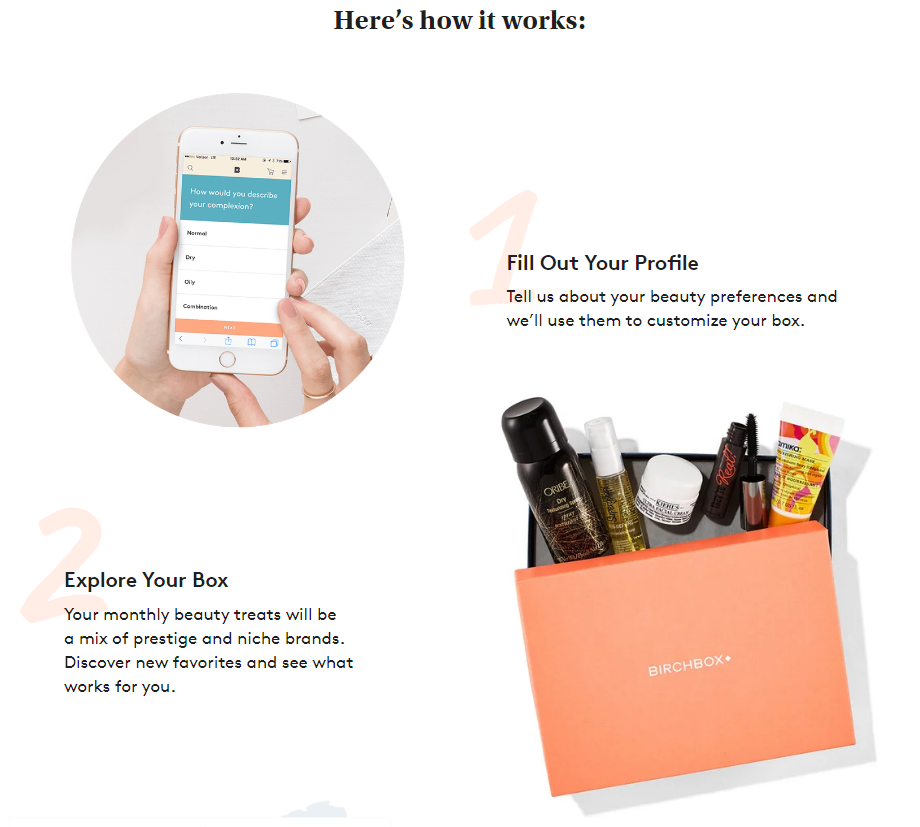Even if you offer the finest quality products or services, your brand can’t truly thrive without rendering a remarkable customer experience.
Customer experience, in simple words, is the perception customers form of your business as they progress through their buyer’s journey. It comprises every single interaction, positive and negative, between your business and your customers, and majorly impacts the odds of not just an immediate purchase but also future purchases.
An Adobe study suggests brands that prioritize customer experience are three times more likely than their peers to significantly exceed their top business goals. What’s more, according to Gartner, customer experience drives over two-thirds of customer loyalty, outperforming branding, and price combined.
Clearly, improving your customer experience is going to pay off, big time. And so, here are three surefire ways to do just that.
Focus on Personalization
The modern customer doesn’t just crave personalization from businesses big and small but expects it, too.
In fact, Salesforce surveyed more than 7,000 consumers and found that 57% of consumers are willing to share personal data in exchange for personalized offers or discounts.
So there’s a marked shift in consumer behavior, with more and more customers expecting personalized engagement and tailored experiences from companies and are also willing to pay a premium for it.
Thus, it’s essential to engage with customers on a personal level and maintain their purchase history and preferences in your CRM software.
Thoughtful product and content recommendations make each customer feel like your brand genuinely cares — which helps create a strong customer experience, which adds to the bottom line.
For instance, Amazon’s AI recommendation engine reportedly generates 35% of the company’s revenue. It uses data from past purchases, browsing history, and related items that are regularly bought together to create a personalized list of recommended products that customers are genuinely interested in.
Also Read: Learn How to Use AI To Enhance Customer Experience Strategies!
Of course, you don’t have to invest in such sophisticated and expensive technology to add personalization elements for your customer base. There are other ways you can explore.
Some brands start the customer journey by asking them to fill out a short profile or a quiz that has them select their preferences. Birchbox, for example, asks customers about their beauty preferences and then uses the data to personalize products in their monthly subscription boxes.


With this technique, you get customer feedback right from the off and can leverage it to keep customers super engaged with your offerings.
Try to gather essential information such as name, email address, product interests, and so on from your website visitors (and from customers post-purchase). You can do this by offering exclusive gated content (such as a free eBook or an email newsletter) in exchange for their personal data, or by conducting quick surveys on your website or social media.
Then, use the information collected to segment your prospects and customers into cohorts, and send personalized promotions and content to customers based on their personal preferences.
Talking about content…
Create Interactive Content
Every modern business is aware of the importance of content marketing. Your competitors are likely churning out blog post after blog post for the sake of content marketing, and so are you.
But while publishing high-quality text-based content on your website is important for ranking high in Google search and building brand authority, why not step up your game by creating exciting interactive content your audience can’t find elsewhere?
Interactive content such as witty quizzes, polls, clickable infographics, calculators, and 360-degree videos provide an immersive and enjoyable experience to your customers and boost engagement.
In particular, interactive content invites engagement from potential customers as they feel more connected to your brand in the early stages of their buyer’s journey. The extra effort they put in to interact with your content shows they’re already invested in your buying process and likely willing to see it through to a purchase.
Simply put, interactive content is more gripping and memorable, and thus solidifies your brand’s customer experience in an indirect yet powerful way.
Also Read: How To Build A Content Marketing Strategy In 10 Steps?
Deliver Near-Instant Customer Service
Needless to say, outstanding customer service is a crucial part of customer experience. But customer service is not just about post-purchase customer support — it plays a role in the entire buyer’s journey.
Most modern customers, especially Millennials and Gen Z, simply don’t have the patience to get answers to their questions. If they need any information about your product or brand, they expect an immediate response.
Live chat on your website and social media allows you to be there for your customers when they need you. However, you or your team can’t be available 24/7.
Enter chatbots — nifty virtual assistants that are also loved by customers as they can provide immediate answers to all FAQ, accurately recall your customer’s purchase history, and never lose their cool.
Instead of having to fill out a form or wait for a response over email, customers can simply type in their queries and get on-the-spot answers to commonly asked questions and concerns.
As a matter of fact, 75% of businesses using chatbots on their website report at least a 10% boost in customer satisfaction. And over 53% of customers prefer to use online chat when they need assistance over calling.
In essence, chatbots enable instant self-service for your customers, and this is pivotal to rendering a great customer experience.
Likewise, you must create a knowledge base on your website that empowers customers to find answers to their questions on their own. A knowledge base is a self-service centralized repository of easily retrievable information about your brand, its products or services, or related topics.
A knowledge base can be the go-to resource for your customers to learn anything they want about your company, its products/services, and the industry in general. For example, you can use knowledge management software to create a base that includes FAQs, how-to articles, and getting started guides facilitating instant self-help.
So, there’s no case of submitting tickets to the help desk or waiting for the next available customer rep. This reduction in customer service time helps provide an excellent customer experience.
Closing Words
Top-notch customer experience is what sets you apart as a reliable brand from countless so-so businesses. No matter what your business is about and what industry you’re in, improving your customer experience is key to your success.
And so, use the tried-and-true ways outlined above to start setting yourself apart from your competitors.
Also Read: Customer Experience Revolution Is Here, Thanks to Artificial Intelligence!



